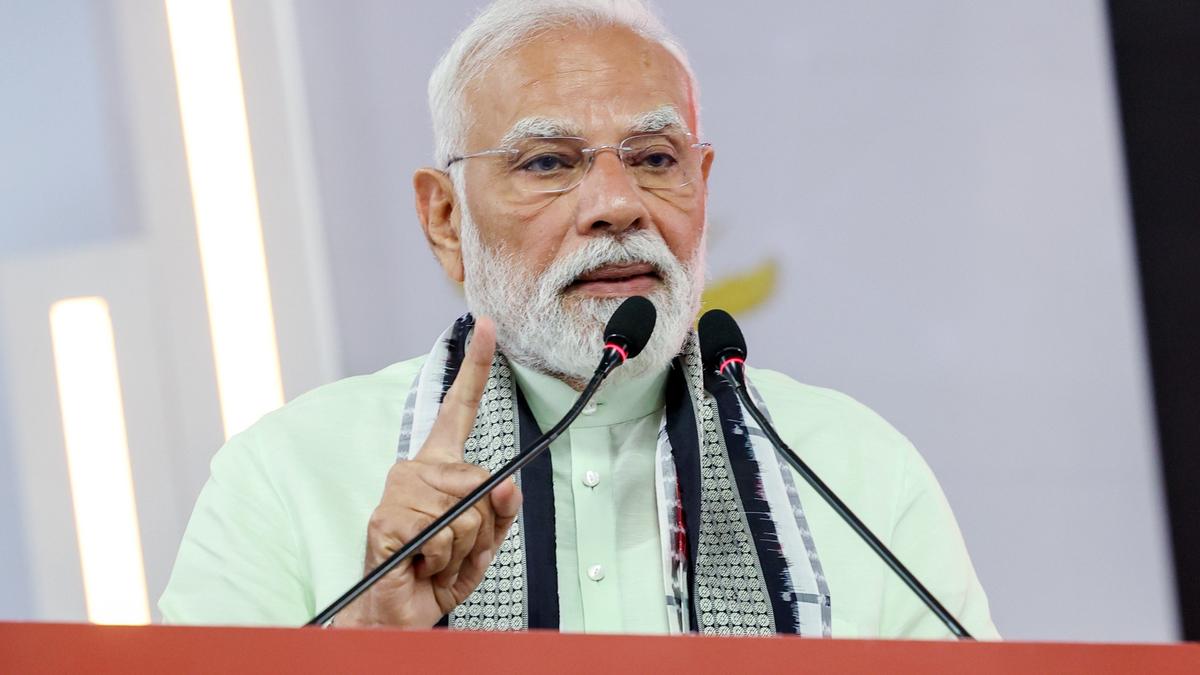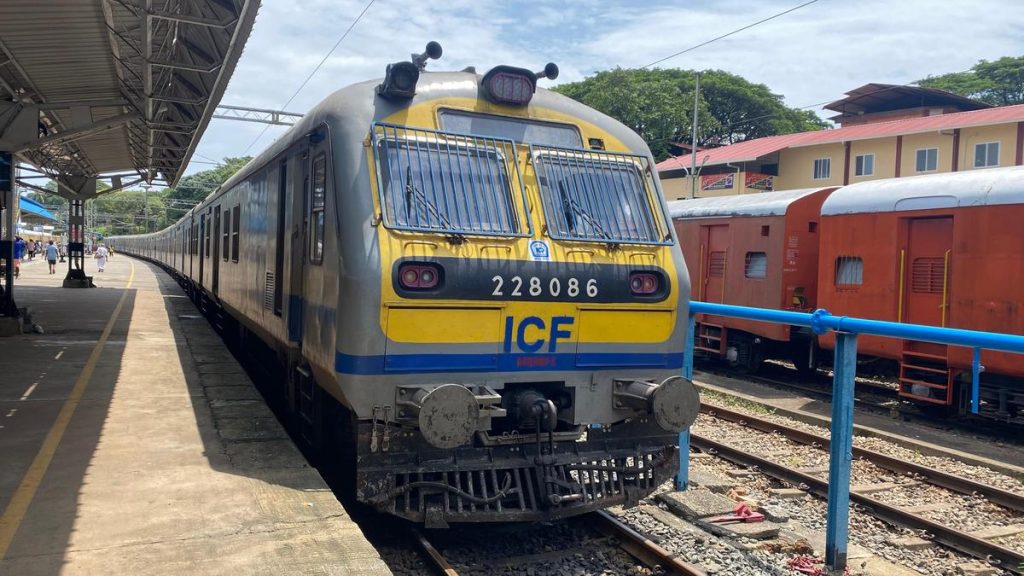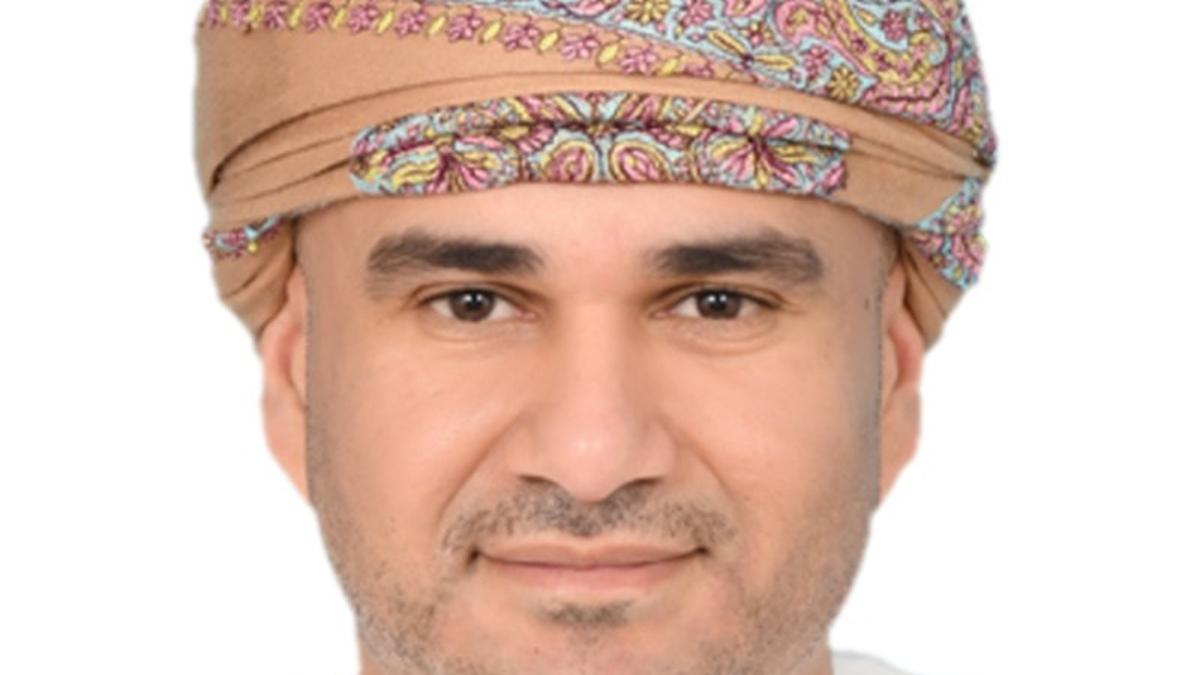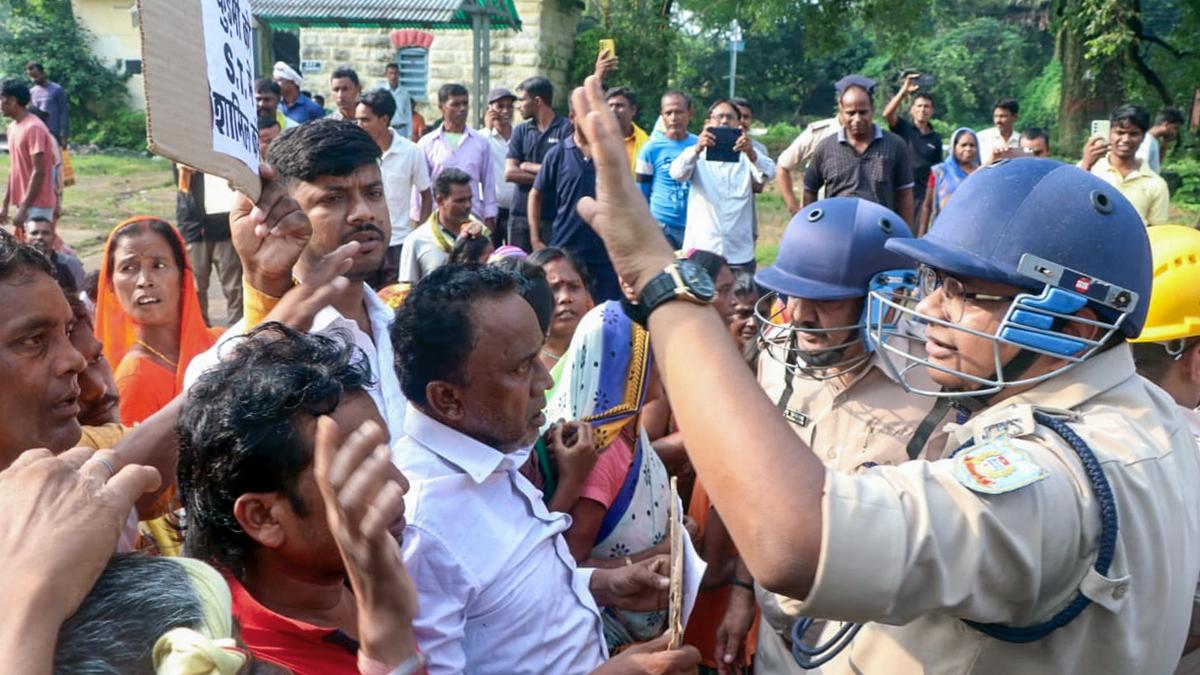Now Reading: PM Modi to Launch Hydropower Projects During Arunachal, Tripura Visit on September 22
-
01
PM Modi to Launch Hydropower Projects During Arunachal, Tripura Visit on September 22
PM Modi to Launch Hydropower Projects During Arunachal, Tripura Visit on September 22

quick Summary
- Prime Minister Narendra Modi is scheduled to visit Arunachal Pradesh and Tripura on September 22, 2025.
- In Itanagar, Arunachal Pradesh:
– PM Modi will lay the foundation stones for two major hydropower projects-Heo Hydro Electric Project (240 MW) and Tato-I Hydro Electric Project (186 MW)-worth ₹3,700 crore in the Siyom sub-basin.
– He will also inaugurate multiple infrastructure projects worth ₹1,290 crore focusing on connectivity, health, fire safety, and women’s hostels.
– Foundations will be laid for a state-of-the-art Convention Center in Tawang designed to accommodate over 1,500 delegates for global conferences and cultural events at an altitude of over 9,820 feet.
- In Tripura:
– The PM will perform puja at Mata Tripura Sundari Temple Complex located in Udaipur town. Progress work under the PRASAD scheme includes enhancements such as new pathways, guest accommodations, meditation halls, and drainage systems.
– This project aims to boost tourism and socio-economic development by creating employment opportunities.
- Mr. Modi is expected to interact with taxpayers and industry representatives regarding GST rate rationalisation.
indian Opinion Analysis
Prime Minister Narendra Modi’s planned initiatives highlight strategic efforts toward infrastructure development coupled with cultural preservation in India’s northeastern region-a region historically less prioritized compared to other parts of India.
In Arunachal Pradesh:
The hydropower projects align with India’s push toward renewable energy while utilizing the state’s natural resources effectively. These installations may bolster local energy needs while potentially aiding economic diversification through electricity generation capacities. Additionally, investments such as women’s hostels and hospital infrastructures indicate societal improvements that could address regional challenges unique to remote areas.
For Tripura:
The rejuvenation of Mata Tripura Sundari Temple aligns well with heritage protection policies under schemes like PRASAD but critically ties spiritual tourism promotion with tangible benefits like economic upliftment via employment creation-potentially enhancing state GDP figures if leveraged properly.
These Northeast-focused developments foster inclusivity into India’s broader growth narrative; though their long-term impact remains contingent upon consistent policy perseverance across connectivity challenges endemic within these terrains.
Read More:
Original Article Link






















